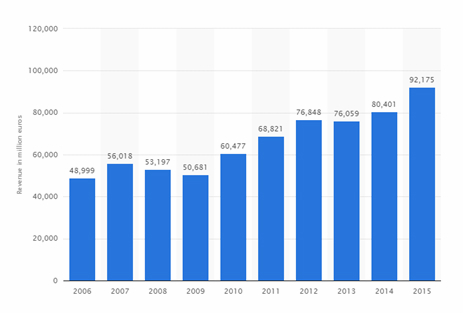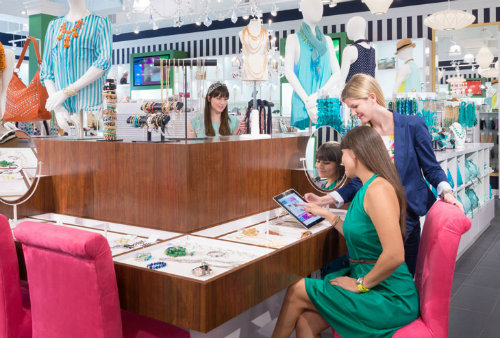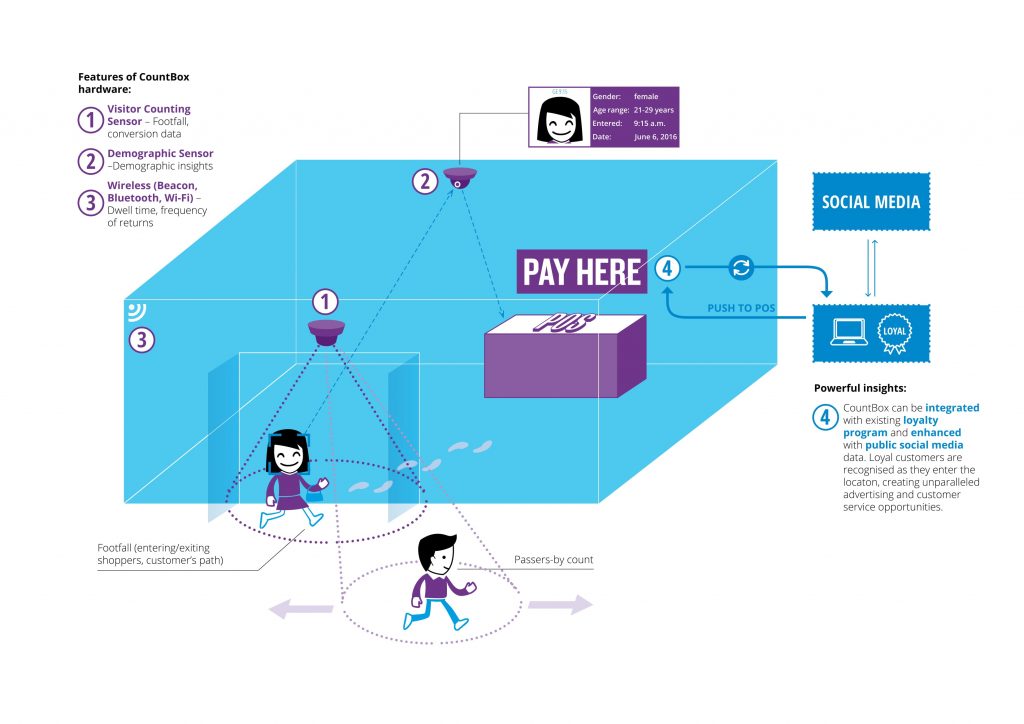Family-run restaurants and niche retail stores all have something in common. Their atmosphere is difficult to copy and their soul is full of charm. The waiters miraculously remember the exact beverage behind ‘the usual, please!’ and the sales people are eager for you try on the new jacket that will go well with the blue suede shoes you bought last month.
What does this mean to the retail industry and in particular to brick-and-mortar retailers that aspire to thrive in next decade? It is the right time to adopt to change and immerse your business in it. Like chameleons, who are able to adapt to external circumstances by changing the colour of their skin, successful retailers of the future should be flexible, agile and quick. Just like chameleons they should adjust to communicate and engage with their surroundings, while maintaining their fundamental qualities.
Here are the three fundamental principles that will help build a strong retail business:

Case studies of brands that embraced change and the three fundamental principles listed above.
Let’s take a look at one of the most conservative global industries and the brand that revolutionised it with its unique approach.
What was the choice offered by BMW to its customers a decade ago? They could choose between several types of vehicles and a selection of modifications. In other words, as BMW customer you were able to make a choice from several hundreds of variations, including interior specifications. But something changed around 2009 (see graph below). This is BMW Group global revenue from FY 2006 to FY 2015 (in million euros, source: Statista.com)




